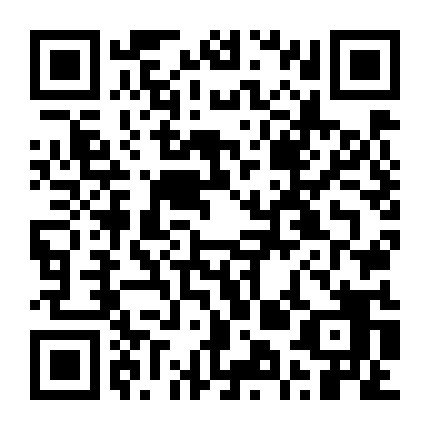- English
- 中文
CES Asia 2015
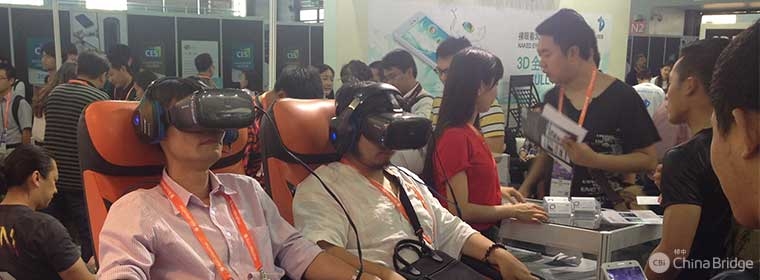
It isn’t news that China is a very important market for consumer electronics, in fact most experts agree that it will soon surpass US as the primary market. Unsurprisingly Consumers Electronics Show (CES) has chosen China, and specifically Shanghai as the venue for its first non-Las Vegas based event: CES Asia 2015.
We went to the show eager to see the latest innovations and newest products and were not disappointed, although the show was a bit smaller than the main event in US. We were a bit surprised not to see Lenovo - our good client - there, and Samsung was missing as well, however we did see many other global brands trying to gain their portion of the market in China and many Chinese brands looking outward to the global market. These brands need to make sure that their offers fit the Chinese consumer context and their quickly evolving preferences, as we wrote a few years ago.

The show’s areas were divided into interest sections, from "Video" lit by bright and thin 4K displays, "Lifestyle" section filled with portable speakers, "Digital Health", booths filled wearable devices, to "Smart Home" area filled with connected light bulbs and WiFi connected power outlets.
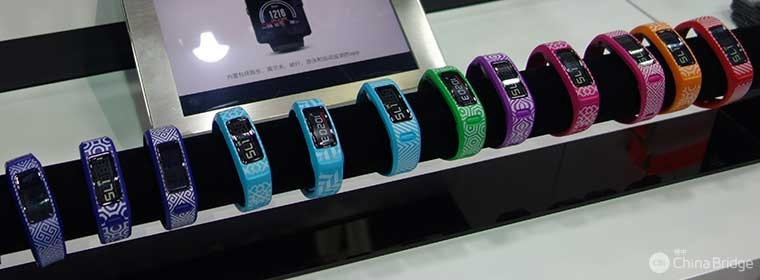
Internet of Things (IoT) was a hot topic this year, with many, large and small, companies showcasing their vision for connected future. Intel expects that there will be around 50 billion connected devices in the world within the next 10 years, and China Mobile aspires to become China’s leading data provider for the Internet of Things. On the consumer-side of IoT ecosystem is the Smart Home, which may sound like a new concept but in fact is decades old. Many companies offered smart home products or services for years now but they only served the very high-end market accessible to wealthy individuals or institutions. Now, with the democratization of technology, Smart Home offerings are accessible and affordable to most individuals. However a lot of the products and services seem not be utilizing the customer-centric approach and focus too much on novelty and features that seem interesting but don’t necessarily represent consumer needs. On top of that, lack of standardization, security, and privacy issues still need to be resolved before wide-scale adoption will take place.
Regardless, it’s a market that is sure to grow in the near future, and as it grows it will mature. Itai Ben-Gal, Co-Founder of iRule thinks that just as ABS and airbags used to be options in vehicles but became standard as consumers demanded more safety features security and privacy solutions will become the norm for Smart Home systems.

Automakers were also present; Ford was showcasing their vision for the future of personal mobility with their in-car connectivity tech and MyEnergi Lifestyle ecosystem. A pilot program in Shanghai and Beijing between Ford, home appliance manufactures, renewable energy and power management industries with the goal of reducing families’ energy costs and carbon footprint.
SYNC 3, Ford’s much improved in-car connectivity system features voice commands, including Siri Eyes-Free control, a more user friendly and intuitive touch screen, and AppLink – allowing connection between smartphone and the car.
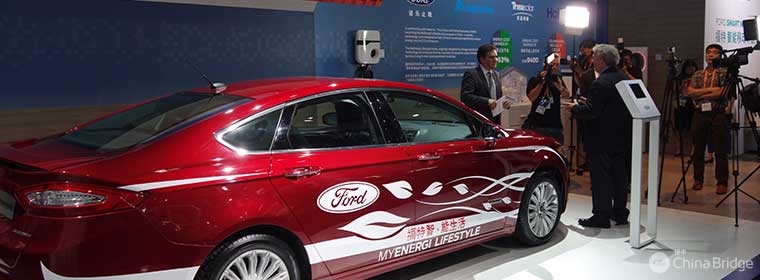
Audi brought its driverless, all electric sports car of the future - R8 e-tron, with a maximum range of 450 km and a fast charging system that can recharge the battery in less than two hours. The car uses multiple cameras, radar, lidar and other sensors to create a 360-degree digital view of its surroundings to navigate, but still requires a driver to sit behind the wheel due to legal reasons (for now).
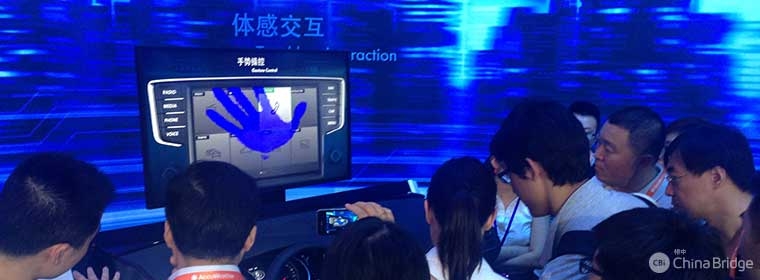
VW was also showing some innovative car interface features, such as gesture-control and haptic feedback. Volkswagen’s goal was to replace all of infotainment and climate controls with proximity-aware and gesture controls. Swiping a hand near the sunroof would make it open; similar gestures would also control windows and headlights. Gestures also controlled the audio system, adjusting the volume or switching songs. The gesture-control is meant as a complement to other interface options, including voice commands and touchscreen control – with the latter featuring haptic feedback to give the user an impression they are pressing actual buttons through vibration. It’s exciting to see automotive manufacturers speeding up their development cycles and starting to integrate the latest technologies.
It’s great to finally see CES in the “city of the future,” where so many exciting and new things are happening. We’re already looking forward to what next year will bring.

